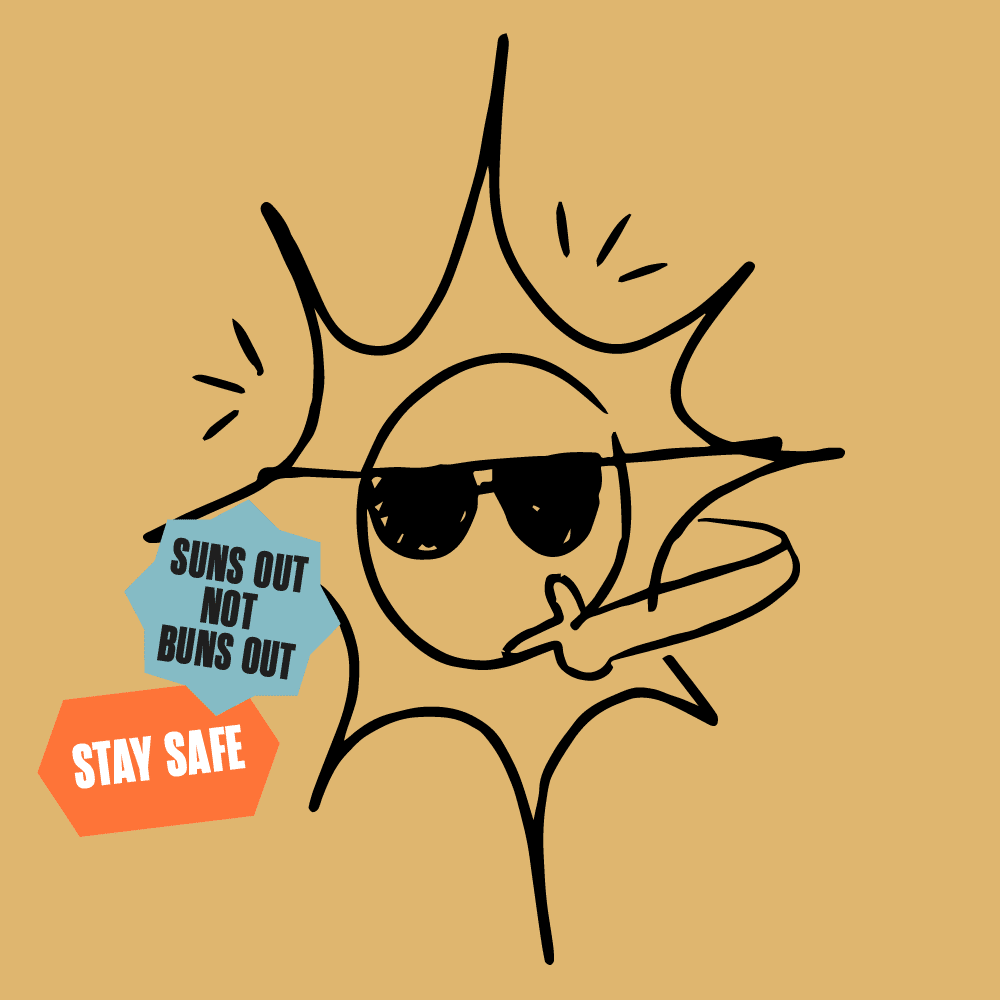PROTECT YOURSELF FROM THE SUN
Whether you’re a kid running around during recess or an adult on a beach vacation, working outside, or just enjoying an afternoon cocktail in the sun, we all enjoy spending time in the sun. However, the sun’s UV rays can severely damage your skin and increase your likelihood of developing skin cancer.
It’s important to protect your skin from the sun’s UV rays all the time, regardless of the time of day, what season it is, or what the weather is like outside. Even on cloudy, winter mornings, protecting your skin will help you live until you’re nice and old.
Here are some tips to help protect yourself from the sun.





